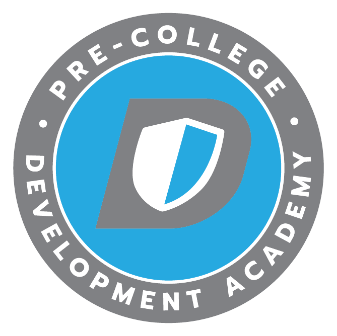Let’s Reshape College Soccer
Ryan Hodgeson’s recent LinkedIn post regarding the potential impact of the NCAA’s new regulations on Division I Men’s Soccer recruiting struck a chord at Fairo Sport. We’ve long championed reforming the college soccer landscape, and Hodgeson’s concerns about limited playing time for high school graduates highlight the urgency for change.
Learn more about the
Pre College Development Academy

Here at Fairo Sport, we acknowledge the challenges of altering a system as established as the NCAA. As we previously discussed, “turning a ship around in the ocean” is an apt metaphor. However, Ryan’s post underscores the need for a collective push towards a more sustainable and successful model for college soccer.
Let’s revisit some proposals we’ve advocated for and explore their potential benefits:
1. Restructuring the Junior College System and the NCAA Clock:
The current junior college system isolates players and doesn’t offer them the level of competition needed for development. We propose integrating junior colleges into the soccer pyramid, alongside leagues like USL. Additionally, scrapping the restrictive five-year NCAA eligibility clock would provide more flexibility for athletes to navigate their academic and athletic careers.. [Link to our previous article: Time to Set Back the Studen Eligibility Clock for Junor College?]
2. Embracing a Year-Round Approach and Exploring Soccer Academies:
The NCAA’s current structure often limits training opportunities. [Link to our previous article: College Soccer Recruiting Needs a Model like Junior Hockey]. Implementing a year-round training model would allow for more consistent player development. Additionally, exploring the possibility of college-affiliated soccer academies, similar to those found in Europe, could provide a more holistic approach to player growth.
Year-round training mirrors successful models in Europe andcould significantly elevate the overall quality of play, assist in the emotional and academic development of players, and bridge the gap between the NCAA and the “professional soccer pyramid.”
3. Re-evaluating International Player Recruitment:
While foreign talent enriches the college soccer landscape, the current influx, reportedly reaching one-third of all NCAA players [Link to our previous article: American Soccer: NCAA Recruiting Challenges Persist], necessitates a closer look. We can address the influx of foreign players by implementing stricter vetting processes to ensure they genuinely meet academic and athletic “amateur” standards. Additionally, creating a fairer environment for domestic players could involve age restrictions for international player eligibility and limits on foreign players per roster, allowing American talent more room to develop.
These are just some of the potential solutions we’ve discussed. We encourage coaches, players, parents, and everyone passionate about college soccer to join the conversation. Let’s work together to shape a system that fosters the growth of both American soccer and our student-athletes.
The time for change is now. Let’s harness the collective energy of the soccer community and truly move the needle forward!
